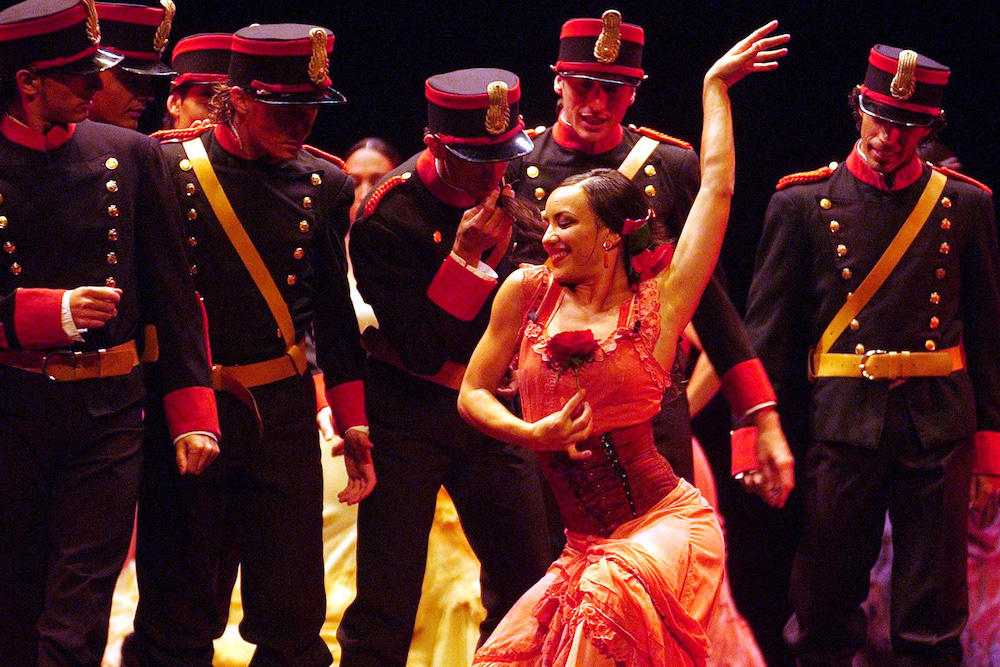How Flamenco Explains Spain’s Complex Identity
The Music, Born of Gypsies in the Country’s South, Was Embraced by Foreigners Long Before It Became a National Symbol
During the 1964-1965 New York World’s Fair, an advertisement for the Bates textile company in the Pavilion of Spain’s official guide book featured a fetchingly posed young woman, rose in mouth, with a ruby red bedspread draped over her body to form the likeness of a flamenco dress. The text beckons us to “fall in love with Spain—and Bates’ ‘Flamenca!’” and encourages us to discover “fashion’s new passion in bedspreads … each bedspread smoldering with two tones of a hot-blooded color.”
In the U.S. and elsewhere, flamenco is a pervasive …





